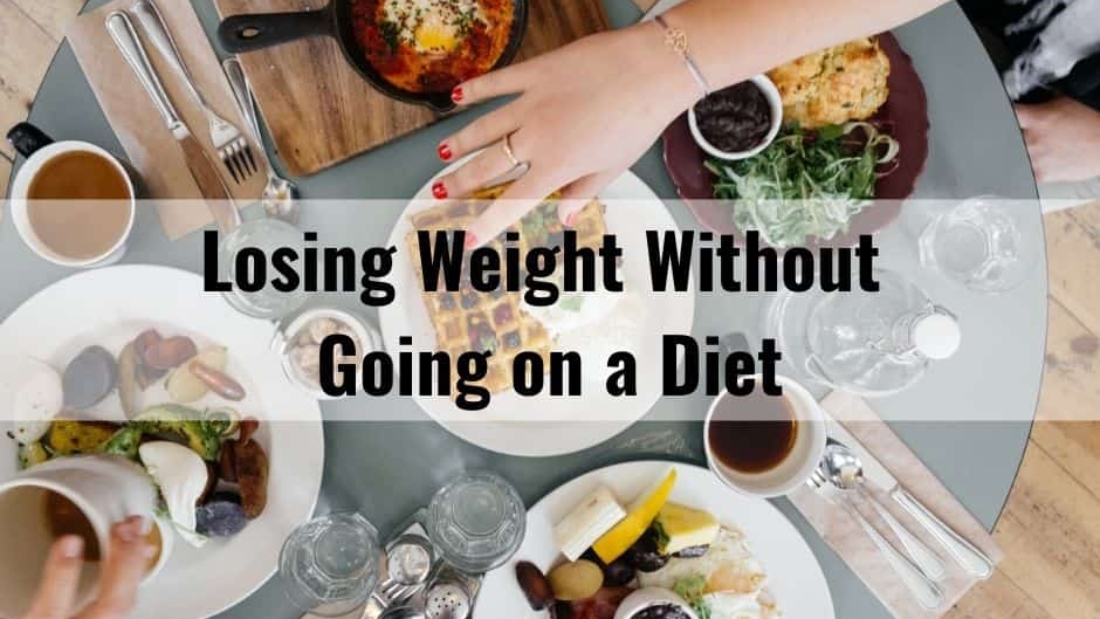How many diets have you been on? The never-ending supply of new diet books and programs is proof that we are on a quest to find the perfect diet that will help us melt away those extra pounds.
DIETS ONLY OFFER TEMPORARY SOLUTIONS
- They don’t change our long-term eating patterns, so when we stop dieting, we usually gain all the weight back, and sometimes more.
- Diets promote rapid weight loss, but when we lose weight too quickly we lose muscle as well as fat, which is counterproductive since muscle burns more calories than fat.
- When we severely restrict calories we put our bodies into “survival mode” and burn less calories doing the same activities. When we try to return to normal eating patterns, we gain weight because of our reduced metabolism.
- Diets create an unhealthy relationship with food, which can lead to deprivation, binge eating, and ultimately weight gain.
To achieve real weight loss we need long-term healthy eating patterns that we enjoy and that satisfy our hunger. And to maintain weight loss, we need to lose weight slowly – about one to two pounds a week. NO MORE DIETS !
CHECKLIST
Use the following checklist as your daily guide to help you achieve your weight goals:
- Portion size. It’s no secret that if you eat more calories than you burn you will gain weight. We eat 30% more if the plate is bigger. Get in the habit of ordering the small size, sharing your appetizers and desserts, and bringing half your restaurant serving home for another meal.
- Listen to your hunger. Stop eating when you’re full. You can always have more tomorrow, because you’re not on a diet. No restriction.
- Eat healthy and nourishing foods. Minimize processed and junk foods, and choose foods in season when you can.
- Load up on fruits and vegetables. Start your meal with a salad, load up your main course with veggies, and finish your meal with a little fruit.
- Choose whole grain foods. Whole grain breads, barley, brown rice, oatmeal, quinoa, whole wheat couscous, millet are delicious and offer substantial health benefits.
- Choose lower fat. Fat has twice as many calories as protein or carbohydrates, so it makes sense to keep your fat intake moderate if you’re trying to lose weight. Choose lower fat dairy products leaner cuts of meat and poultry, and use a light hand when adding salad dressings or cooking oils.
- Structure your days. Eating about every 4 hours. This will keep your metabolism up, support stable blood sugar levels and keep you from being hungry and overeating at the next meal.
- Eat some protein at each meal. It helps control your hunger and optimize your weight loss. Protein foods include animal sources like meat, fish, poultry and dairy products and vegetarian sources like nuts and seeds, peanut butter, legumes, tofu and soy beverages.
- Love and savour everything you eat. You don’t have to eat foods (i.e., salad) you don’t like to lose weight. It’s your day-to-day pattern that will determine your weight, not small indulgences.
A WORD ABOUT PHYSICAL ACTIVITY
Eating well is the cornerstone of a health lifestyle. But being active is another important part of the equation. You don’t need structured time at the gym if that doesn’t suit you. You can walk, run, dance, swim, play tennis, walk the stairs, take a yoga class, zumba, etc. Just get moving and burn some calories. You’ll feel great !


Leave A Comment